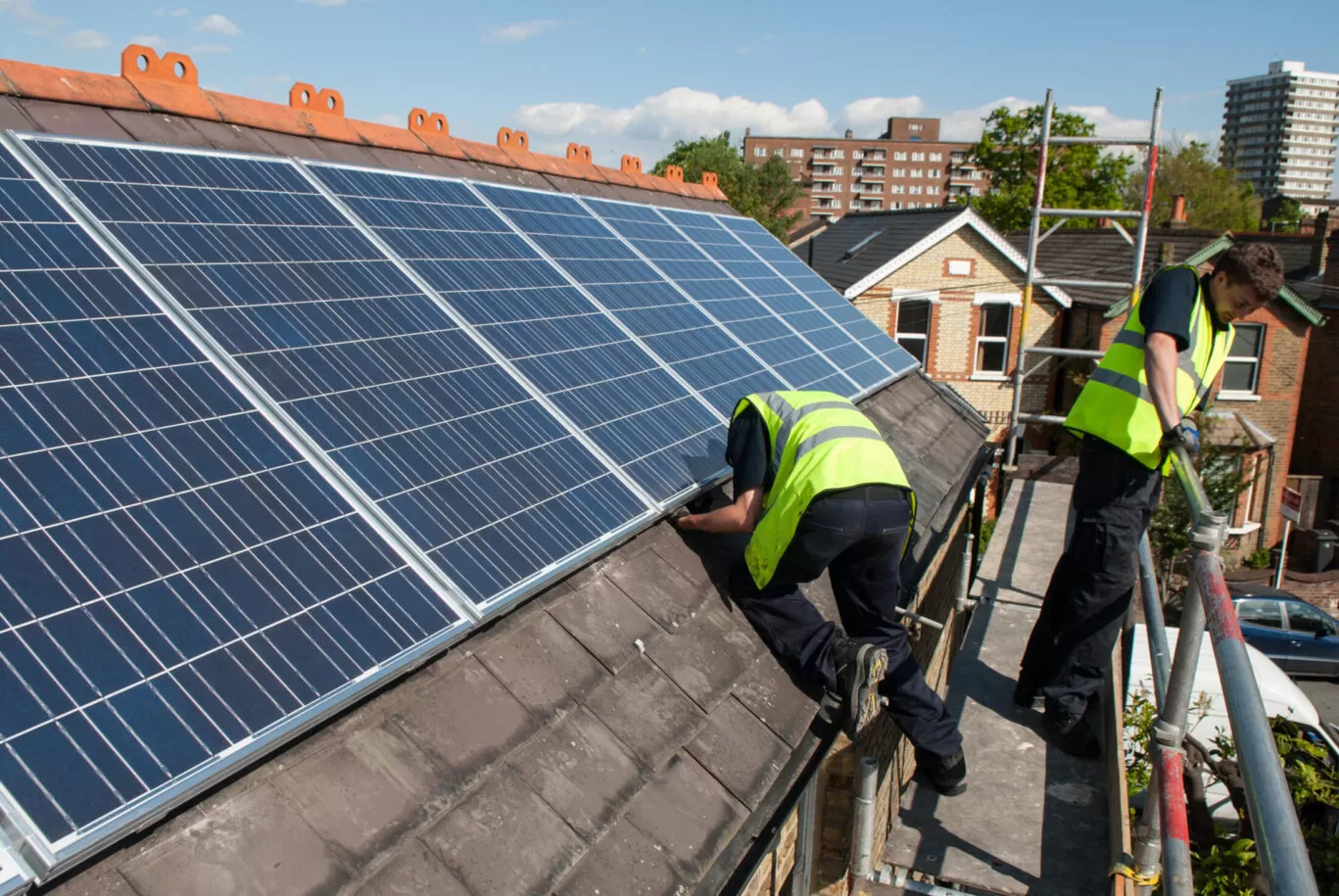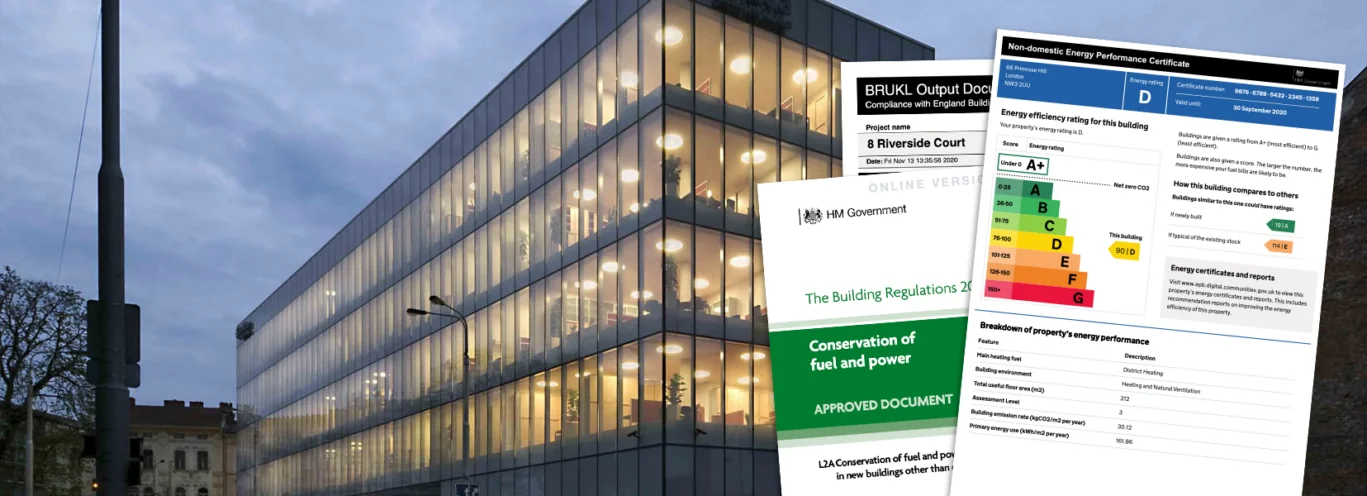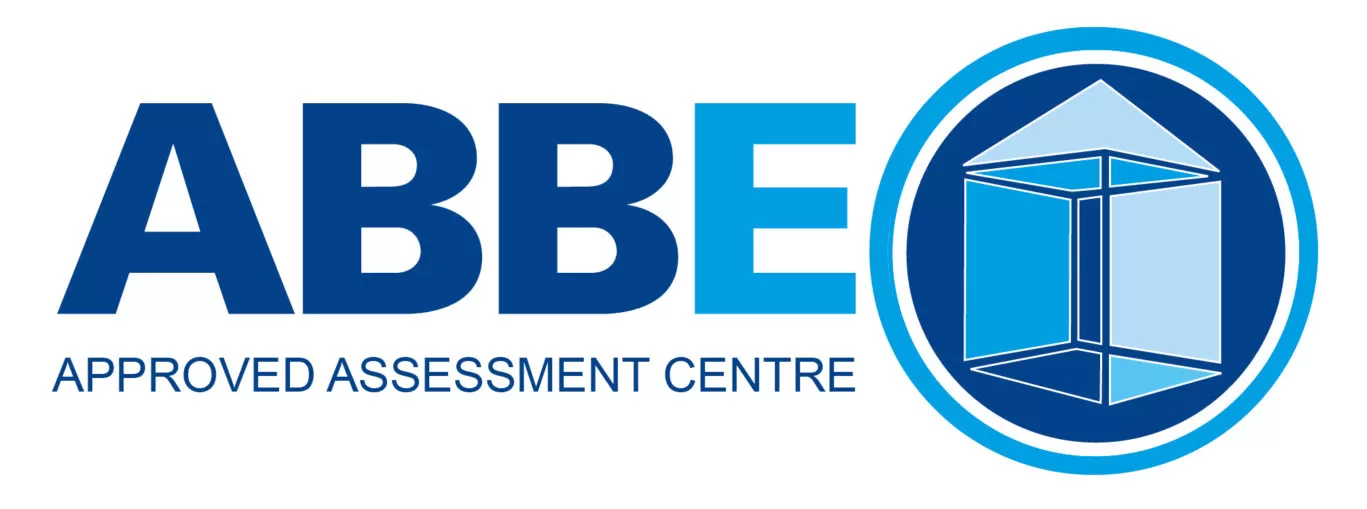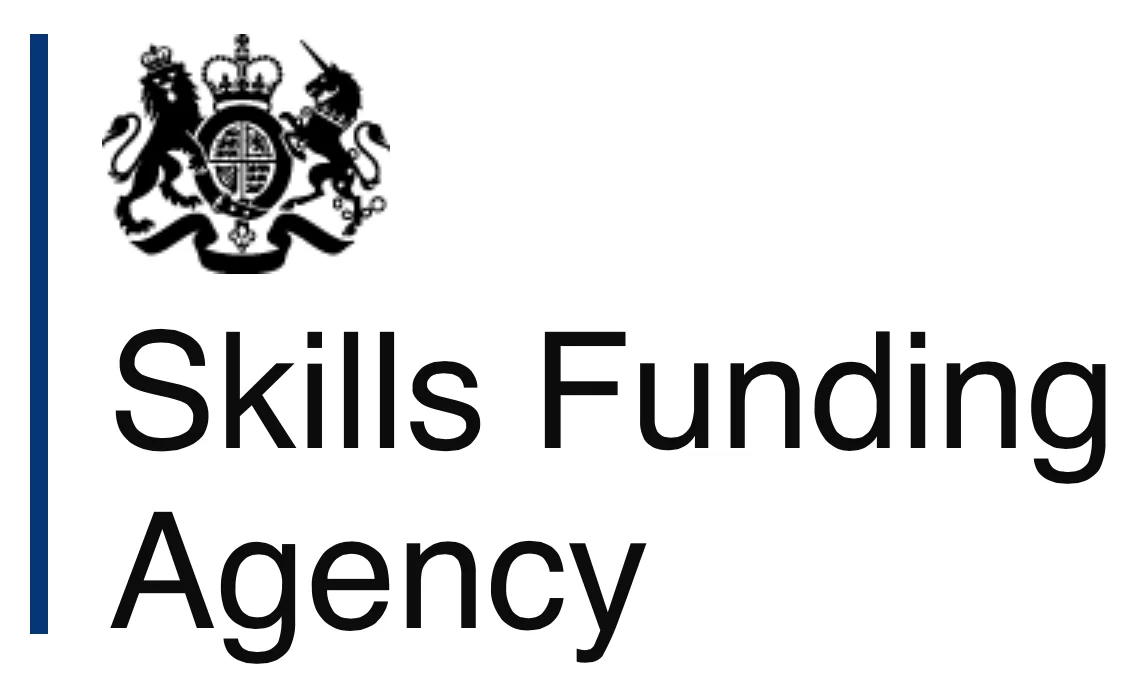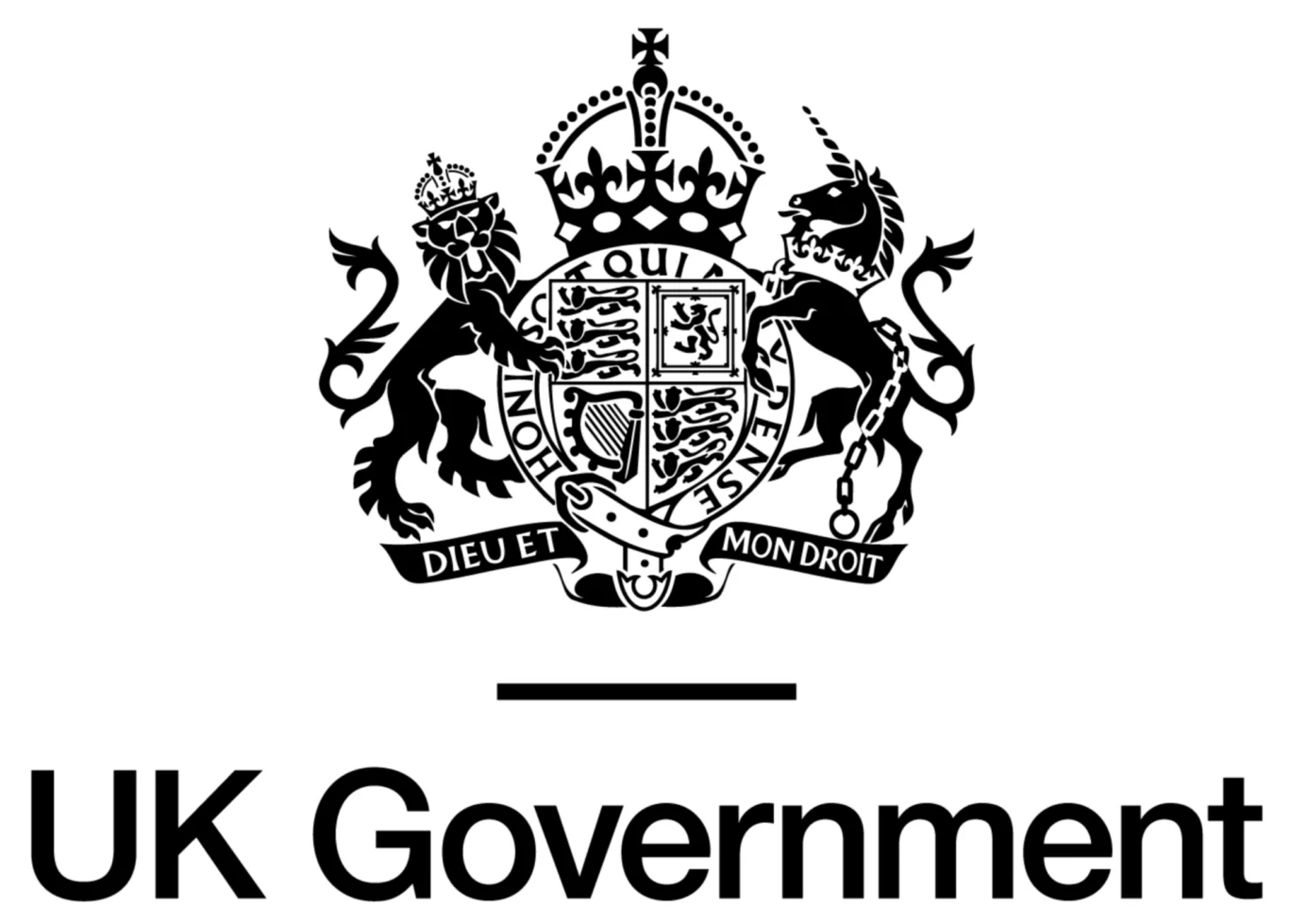On 13th December 2023, the UK government released an open consultation on the Future Homes and Building Standard (FHBS) and the Home Energy Model (HEM). What are these proposals, and how can you get involved?
Future Homes and Buildings Standard (FHBS)
On 13th December 2023, the UK Government released a consultation on the Future Homes and Buildings Standard (FHBS). This consultation sets out the government’s plans for achieving the Future Homes Standard (domestic) and Future Buildings Standard (commercial); strategies devised to reduce carbon emissions in new builds and the technical changes to the Building Regulations, the associated Approved Document guidance and calculation methods. This consultation and associated standard, demonstrates the Government’s commitment to improving the energy efficiency and reducing the carbon emissions of new homes and non-domestic buildings.
The Government’s plan is to release the updated regulations and relevant guidance by 2024, with these standards set to take effect starting in 2025. This schedule aligns with the government’s pledge towards achieving net zero emissions and provides ample time for the construction industry to cultivate essential skills and establish necessary supply chains.
What do the changes look like?
One the biggest goals of the Future Homes and Buildings Standard is that domestic properties built in 2025 must have 75-80% lower carbon emissions, by adopting low carbon alternatives to gas central heating. Alternatives to gas central heating could involve heat pumps or electric heating, though this is to be confirmed.
Ultimately, all new builds will be ‘zero carbon ready’ properties (a term adopted by the government). With improvements in insulation and efficiency through the materials and components used during the actual construction, new builds will emit a much smaller carbon footprint and won’t need to be retrofitted with newer technologies in the future. Some of the key changes include:
- Low carbon heating
- Uplift in building fabric standards
- Standard Assessment Procedure (SAP) overhaul*
- Zero carbon ready homes
- Up to 80% reduction in CO2 emissions in new build homes
- Up to 27% reduction in CO2 emissions in commercial properties

The Home Energy Model
In addition to the Future Homes and Buildings Standard consultation, the government has released another open consultation in relation to a new calculation methodology called the Home Energy Model (HEM). This new methodology, HEM, will replace the Standard Assessment Procedure (SAP).
Since the 1990s, the Standard Assessment Procedure (SAP) has served as the primary tool in the UK for gauging the energy efficiency of domestic properties. SAP evaluates a property’s energy consumption based on standardised occupancy patterns and behaviours. Though it has undergone several iterations over the years, the upcoming implementation of the Future Homes and Buildings Standard (FHBS) will introduce this new methodology from 2025.
The Home Energy Model is however still under development and the first version will be implemented alongside the Future Homes Standard in 2025. The government is consulting on the model while it is still at a formative stage, so that the industry can participate in the development process.
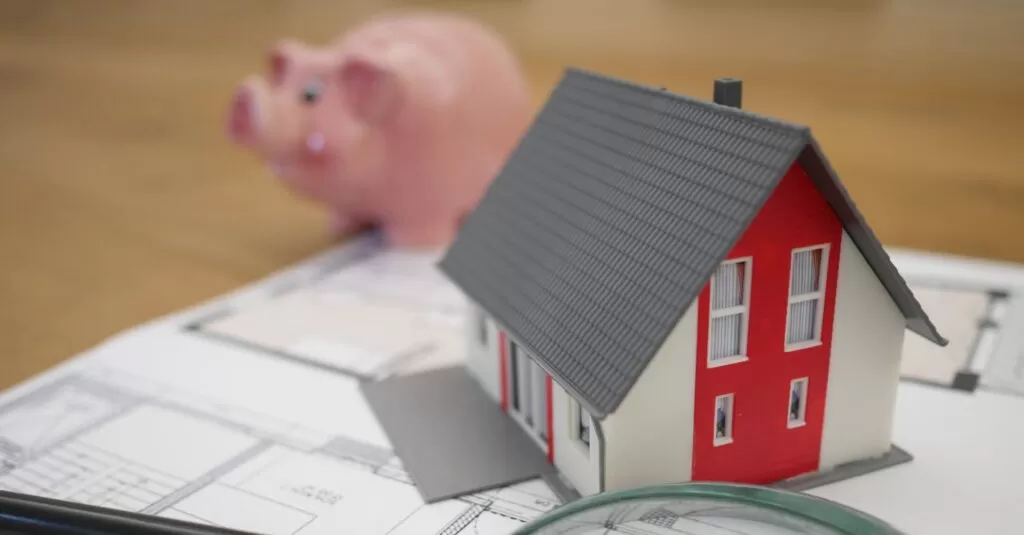
Read more and get involved
Over the next few weeks we will release further information on both of these consultations and proposals through a series of blog posts.
In the meantime, the Department for Energy Security and Net Zero has published a series of documents related to both consultations, found at:
The Future Homes and Buildings Standards: 2023 consultation
Home Energy Model: replacement for the Standard Assessment Procedure (SAP)
This consultation will be of interest to those in the built environment, including:
- Property developers and builders
- Construction industry professionals, for example, installers, architects, designers, engineers, surveyors and sub-contractors
- Manufacturers and suppliers of construction materials
- Environmental organisations
- Local authorities, other building control bodies and competent person scheme operators
- National representatives and trade bodies
- Professional bodies and institutions
- Research and academic organisations
- Energy sector professionals
- Public health professionals
- Specific elements may be of interest to members of the public.
If you are in the built environment then they want to hear from you. Click on the links above to read more and see how you can share your views on the Future Homes and Buildings Standard and the Home Energy Model.




